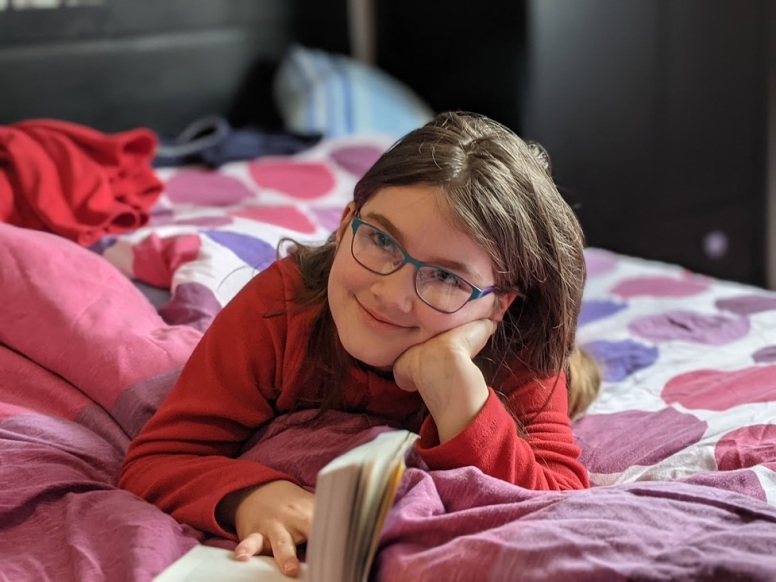Most of the following excerpts are from the essay by David Brooks in the January 28, 2024 issue of the NY Times entitled, “How to Save a Sad, Lonely, Angry and Mean Society.”
How does culture do its thing? The shortest answer is that culture teaches us how to see. “The greatest thing a human soul ever does in this world is to see something, and tell what it saw in plain way,” the Victorian art critic John Ruskin wrote.
Ruskin intuited something that neuroscientists have since confirmed: Perception is not a simple straightforward act. You don’t open your eyes and ears and record the data that floods in, the way in those old cameras that light was recorded on film. Instead, perception is a creative act. You take what you’ve experienced during the whole course of your life, the models you’ve stored up in your head, and you apply them to help you interpret all the ambiguous data your senses pick up, to help you discern what really matters in a situation, what you desire, what you find admirable and what you find contemptible.
Another way to put it is this: Artistic creation is the elemental human act. When they are making pictures or poems or stories, artists are constructing a complex, coherent representation of the world. That’s what all of us are doing every minute as we’re looking around. We’re all artists of a sort. The universe is a silent, colorless place. It’s just waves and particles out there. But by using our imaginations, we construct colors and sounds, tastes and stories, drama, laughter, joy and sorrow.
Works of culture make us better perceivers. We artists learn from other artists. Paintings, poems, novels and music help multiply and refine the models we use to perceive and construct reality. By attending to the great perceivers, the Louis Armstrongs, the Jorge Luis Borgeses, the Jane Austins, we can more subtly understand what is going on around us and be better at expressing what we see and feel.
Your way of perceiving the world becomes your way of being in the world. If your eyes have been trained to see, even just a bit, by the way Leo Tolstoy saw, if hour heart can feel as deeply as a K. D. Lang song, if you understand people with as much complexity as Shakespeare did, you will have enhanced the way you live your life.

Attention is a moral act. The key to becoming a better person, Iris Murdoch wrote, is to be able to cast a “just and loving attention” on others. It’s to shed the self-serving way of looking at the world and to see things as they really are. We can, Murdoch argued, grow by looking. Culture gives us an education in how to attend.
The best of the arts induce humility. In our normal shopping mall life, the consumer is king. The crucial question is, do I like this or not? But we approach great art in a posture of humility and reverence. What does this have to teach me? What was this other human being truly seeking?
The prototype of the history form that we use in our office was developed long before I started in practice. We have modified it many times over the years, but it still includes a question that confused me with my elementary understanding of vision. The question is: “How does your child get along with their peers?” It took me a number of years to appreciate that this is an important probe of a child’s vision development, attention, and processing.
I attended a ZOOM presentation the day before by Dr. Glen Steele, a friend and colleague of over 40 years. He presented research on child development that spanned a century, starting with research by the pediatrician Arnold Gesell whose research started in the 1920s. Consider the following:
A child’s first words are likely based on their visual experiences. Delays in speech may be related to visual processing problems.

Children look at what their mothers are looking at from an early age (gaze identification). Children who do this earlier tend to have a much larger vocabulary by 18 months (words that they understand but cannot say) than children who do this later.
The child is born with a visual hunger.
The seeing eye is, therefore, by no means a passive receptor organ. It is a highly active receptor organ, which exercises motor initiative, which seeks out and takes ocular hold of objects of interest.
Attention is the highest compliment that we can give to another person. Parents’ visual attention is a factor in a child’s development from birth. What are the effects on a child’s development when parents are attending to their phones rather than interacting and sharing eye contact with their infants? Vision and visual experiences are a primary factor in determining the person to be.




